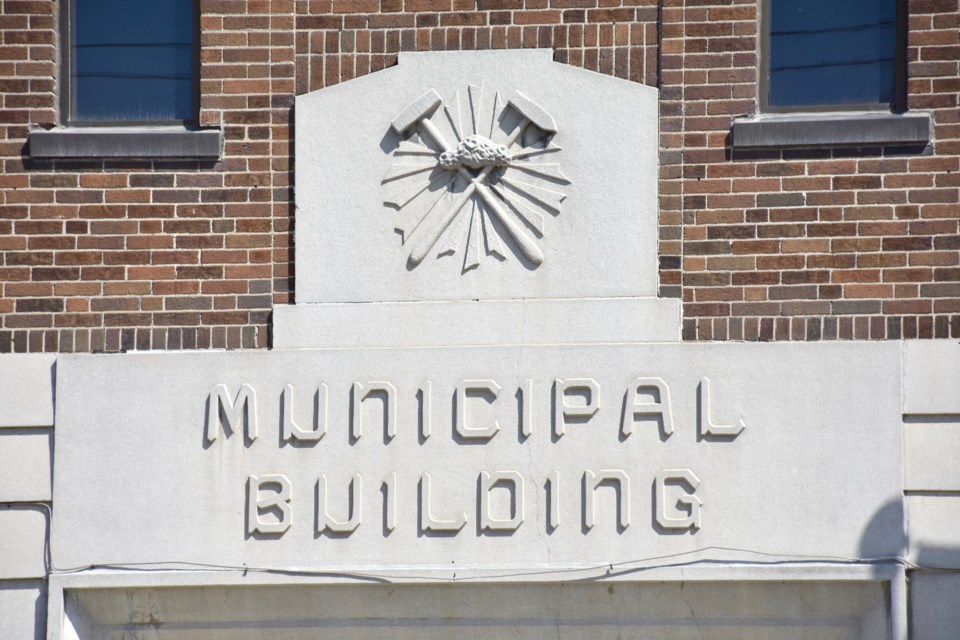The City of Timmins is backing a supervised consumption site and has committed over $1 million to fund a temporary site while a more permanent solution goes through the approval process.
Council approved the funding at its meeting tonight.
The resolution approved commits $1,028,731 for a 12-hour a day, year-round Urgent Public Health Needs Site (UPHNS).
It also calls for the city to "dedicate funding for a position to provide support and leadership in the development and implementation of collaborative community programs and services that address substance abuse". The cost for the municipal position is not included in the cash that was approved today.
“This money will not cost any of the taxpayers any dollars because we’ve got over $1 million in funding from the federal government that’s been given to the city as a result of the evacuations. So we have the money and it’s not going to cost the taxpayers any dollars,” said Mayor George Pirie.
Supporting the supervised consumption site is in response to an update on the opioid crisis from the local medical community at the last council meeting.
“Of course on the back of this, they’ve already got an outstanding $19.5 million ask for the province … which includes the complete facilities, including the treatment facilities. This is an epidemic in which Timmins is the centre of and they’ve asked us to take the first step and that’s what we’ve proposed to do today,” said Pirie.
A supervised consumption site is staffed and is a safe place for people to use their drugs, obtain medical care and connect with social service and treatment programs, according to last week's presentation. The goal is to have the UPHNS running by early winter.
The UPHNS is a temporary solution and would bridge the gap while the Timmins and Area Drug Strategy group works toward a supervised consumption site, which could take two to three years to work through the approvals.
While the permanent site has a funding stream, the UPHNS does not.
Coun. Joe Campbell had a number of questions about the motion, including where the salaries are going and if there's been enough time for public input.
“This is not something that should be just glossed over. We all want to see this end, we want to see an end so people don’t die from ingesting bad drugs,” he said.
He also talked about the potential of the facility attracting more people to the city to use it.
Coun. Kristin Murray understands people's ambivalence to the site. While she doesn't criticize opinions on either side, she said the city has to act.
"If you speak to the families of the many people who’ve lost their lives, they would say we’re not moving fast enough. My only hope for moving forward is the treatment that people will receive is really rooted in trauma-informed care because a lot of the people who are struggling in our community and across the nation have had a lot of trauma happen to them and they’re struggling with addictions, with many mental health issues,” she said.
The approved $1,028,731 includes:
-
$695,000 for salaries and benefits for nursing or paramedic staff, reception and social service workers
-
$150,000 for contract work such as security, handling sharps disposals and in-depth cleaning
-
$35,000 in harm reduction supplies such as education to referral to other services
-
$17,500 for infection control supplies
-
Items such as technology, insurance and back office account for the rest
CAO Dave Landers said the cost is based on the best knowledge of other sites.
Some of the numbers could change. For example, he said there's about $75,000 for rent and utilities, which could change depending on what site is chosen.
The Timmins and Area Drug Strategy group is also connecting with other agencies for contributions, he said.
“For example, if nursing hours could be provided by one of the other agencies — maybe the hospital, maybe one of the other ones — that would bring down the salary cost,” said Landers.
For the city funding, Landers explained that the city is using revenue that has been generated by being a host site for emergency evacuations due to forest fires or flooding.
“Those funds we would have earmarked for some sort of emergency management activity, whether it’s training or whatnot. This is the emergency in front of us and probably is consuming us,” he said.
The cost for a new municipal position will be part of the upcoming 2022 budget discussions.
Timmins and District Hospital has agreed to be the operator of the UPHNS and permanent facility.
In 2020, 40 people died of opioid-related overdoses in the Porcupine Health Unit region. In 2019, there were 22.
The overdose death rates in the first quarter were higher than 2020.
